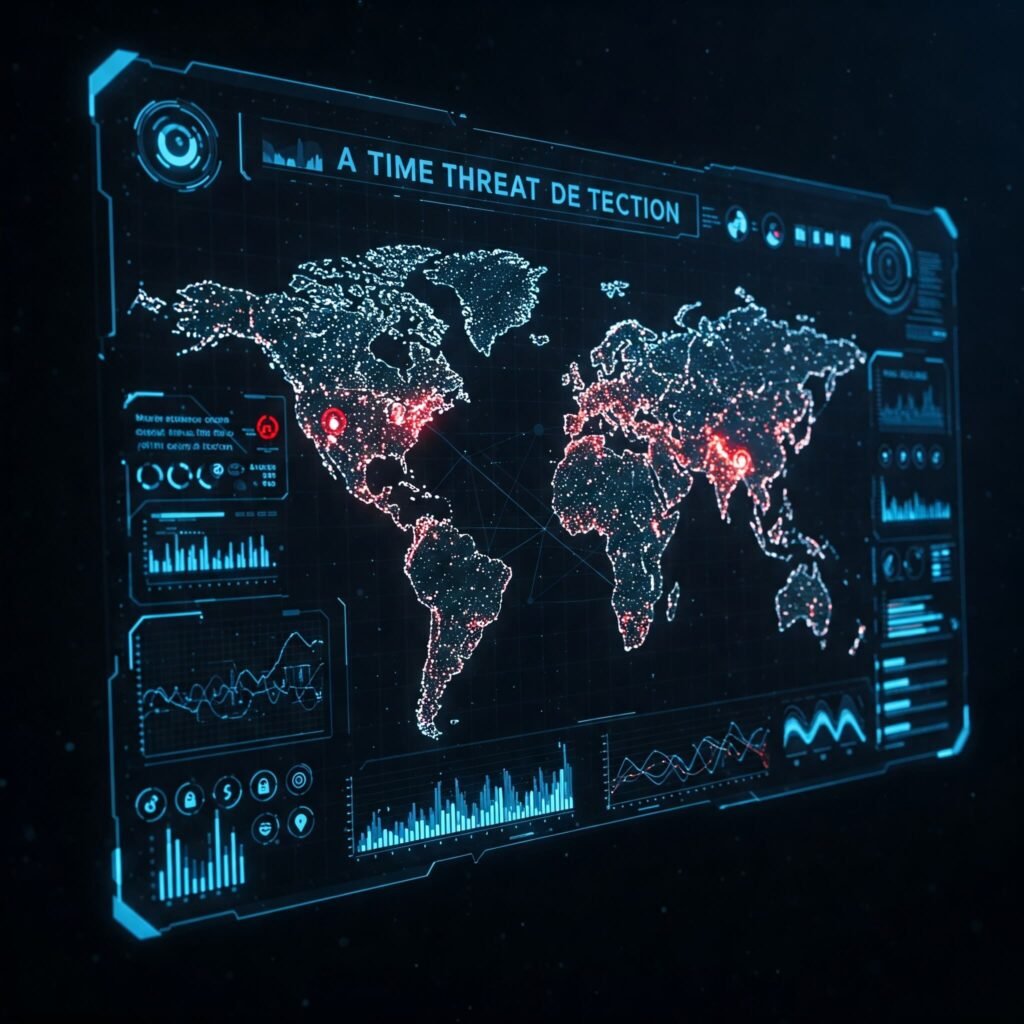Introduction: The Hidden Danger of Zero-Day Attacks
Imagine waking up to find your company’s sensitive data stolen, systems crippled, and millions in losses—all because of a zero-day attack. These stealthy cyber threats exploit unknown software vulnerabilities before developers can patch them, making them a nightmare for businesses. In 2023 alone, zero-day exploits cost organizations billions, with high-profile cases like the MOVEit breach exposing millions of records. But there’s hope: smart detection is revolutionizing how we combat these attacks, saving companies millions. This article dives into what zero-day attacks are, why they’re so dangerous, and how cutting-edge detection strategies can protect your business.

What Are Zero-Day Attacks?
A zero-day attack targets a software flaw that developers haven’t yet discovered or fixed. Hackers exploit these vulnerabilities—often called zero-day exploits—to infiltrate systems, steal data, or deploy ransomware. Unlike known threats, zero-day attacks are invisible to traditional antivirus software, making them a favorite among cybercriminals.
Why Zero-Day Attacks Are So Dangerous
- Stealthy Nature: They bypass conventional security tools, leaving no trace until it’s too late.
- High Stakes: In 2022, a single zero-day exploit in Microsoft Exchange Server cost businesses over $1 billion in damages ([Microsoft]).
- Widespread Impact: From small startups to global enterprises, no one is immune.
Real-world example: The Log4j vulnerability in 2021 was a zero-day exploit that affected millions of systems worldwide, leading to massive data breaches and financial losses.
The Power of Smart Detection in Stopping Zero-Day Attacks
Smart detection uses advanced technologies like artificial intelligence (AI), machine learning (ML), and behavioral analytics to identify and neutralize zero-day attacks before they wreak havoc. Unlike traditional tools that rely on known threat signatures, smart detection systems analyze patterns, anomalies, and real-time data to catch unknown threats.
How Smart Detection Works
- Behavioral Analysis: Monitors system activity to spot unusual behavior, like unauthorized access attempts.
- AI-Powered Threat Intelligence: Uses AI to predict and flag potential zero-day exploits based on global threat data.
- Real-Time Response: Automatically isolates threats, preventing further damage.
For instance, companies like CrowdStrike use AI-driven platforms to detect zero-day attacks in real time, saving clients millions by stopping breaches early ([CrowdStrike]).

Why Smart Detection Saves Millions
The financial impact of zero-day attacks can be catastrophic, but smart detection minimizes losses in several ways:
1. Faster Threat Containment
Smart detection systems can identify and isolate zero-day exploits within seconds, limiting the spread of malware. In contrast, manual detection can take days, allowing hackers to cause extensive damage.
2. Reduced Downtime
A single hour of downtime can cost large enterprises $1 million or more ([Gartner]). Smart detection ensures systems stay online by neutralizing threats before they escalate.
3. Lower Recovery Costs
Post-attack recovery—data restoration, legal fees, and PR efforts—can drain budgets. Smart detection prevents breaches, saving companies from these expenses.
Case study: In 2024, a major retailer used Palo Alto Networks’ smart detection tools to stop a zero-day attack, avoiding an estimated $10 million in losses ([Palo Alto Networks]).
Actionable Strategies to Combat Zero-Day Attacks
Protecting your organization from zero-day attacks requires a proactive approach. Here are practical steps to leverage smart detection:
- Invest in AI-Based Cybersecurity Tools: Platforms like Darktrace or SentinelOne use AI to detect and respond to zero-day threats in real time.
- Regularly Update Software: While patches for zero-day vulnerabilities may not exist, keeping systems updated reduces overall risk.
- Implement Network Segmentation: Limit the spread of attacks by isolating critical systems.
- Train Employees: Educate staff on phishing and other tactics hackers use to deliver zero-day exploits.
- Use Threat Intelligence Services: Subscribe to feeds from companies like FireEye to stay informed about emerging threats ([FireEye]).

The Future of Zero-Day Attack Prevention
As cybercriminals grow more sophisticated, the fight against zero-day attacks will rely heavily on smart detection. Emerging trends include:
- Quantum Computing: Enhancing AI’s ability to detect complex threats.
- Zero Trust Architecture: Verifying every user and device to prevent unauthorized access.
- Global Collaboration: Governments and companies sharing threat intelligence to stay ahead of hackers.
By adopting these innovations, businesses can stay one step ahead of zero-day attacks, protecting their assets and reputation.
Conclusion: Stay Ahead of Zero-Day Attacks with Smart Detection
Zero-day attacks are a growing threat, but smart detection offers a powerful defense. By leveraging AI, behavioral analytics, and real-time response systems, businesses can stop these invisible attacks in their tracks, saving millions in potential losses. Don’t wait for a breach to act—invest in smart detection tools, train your team, and stay vigilant. Your company’s security depends on it.

































